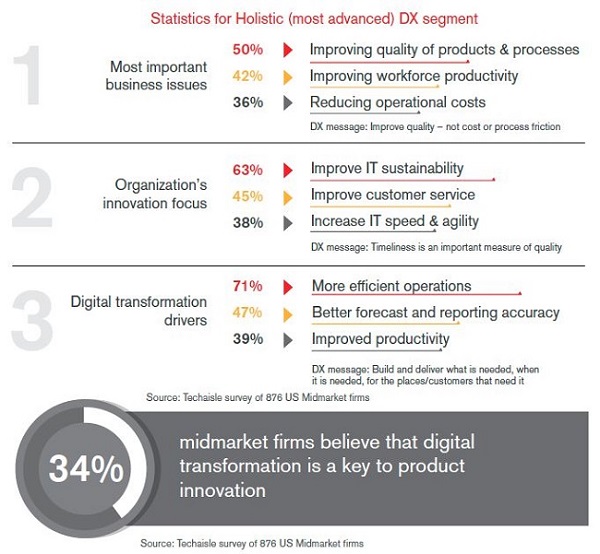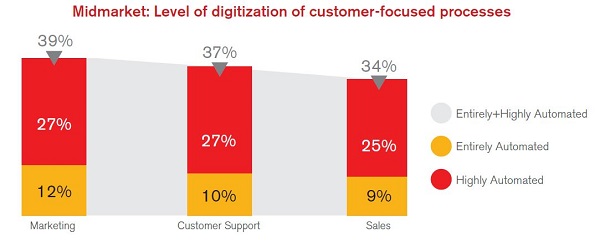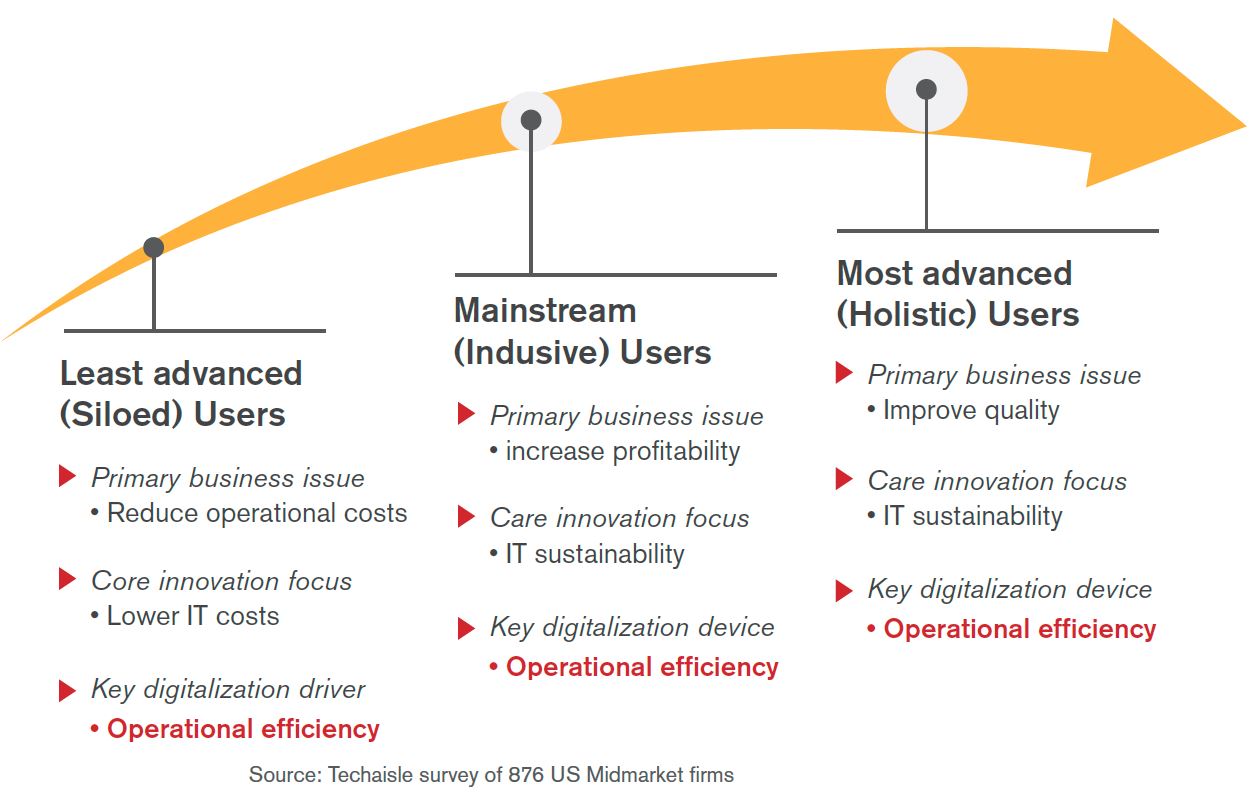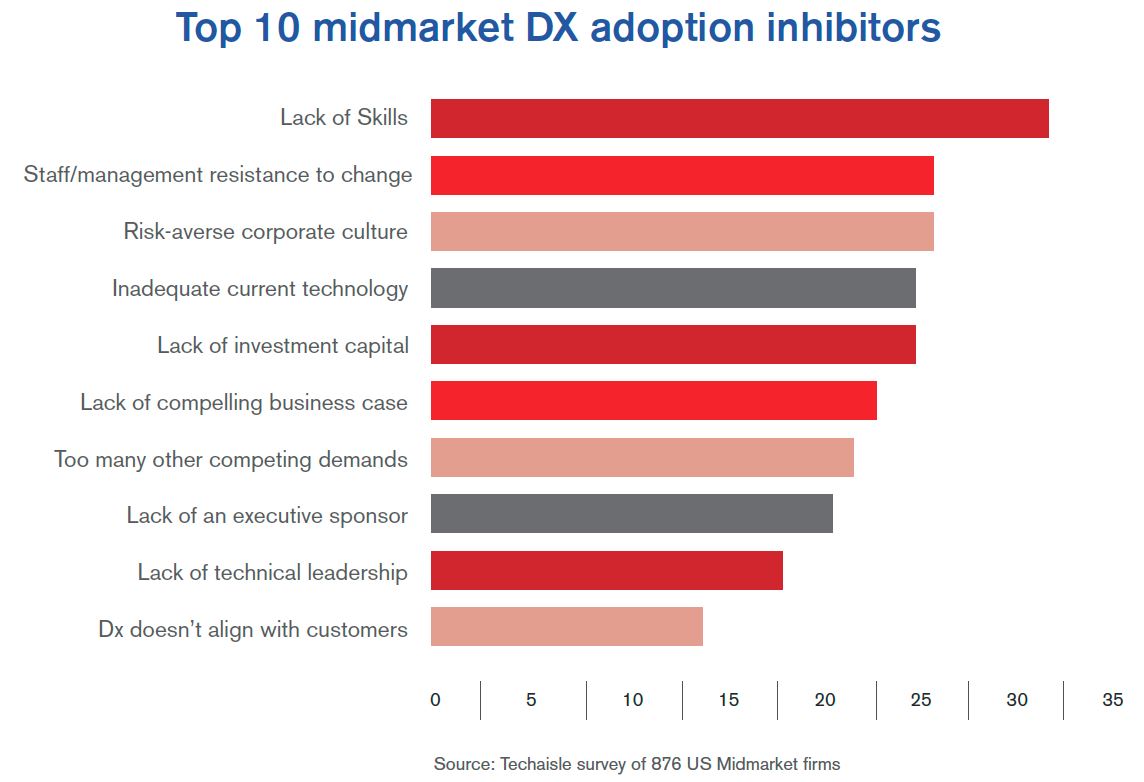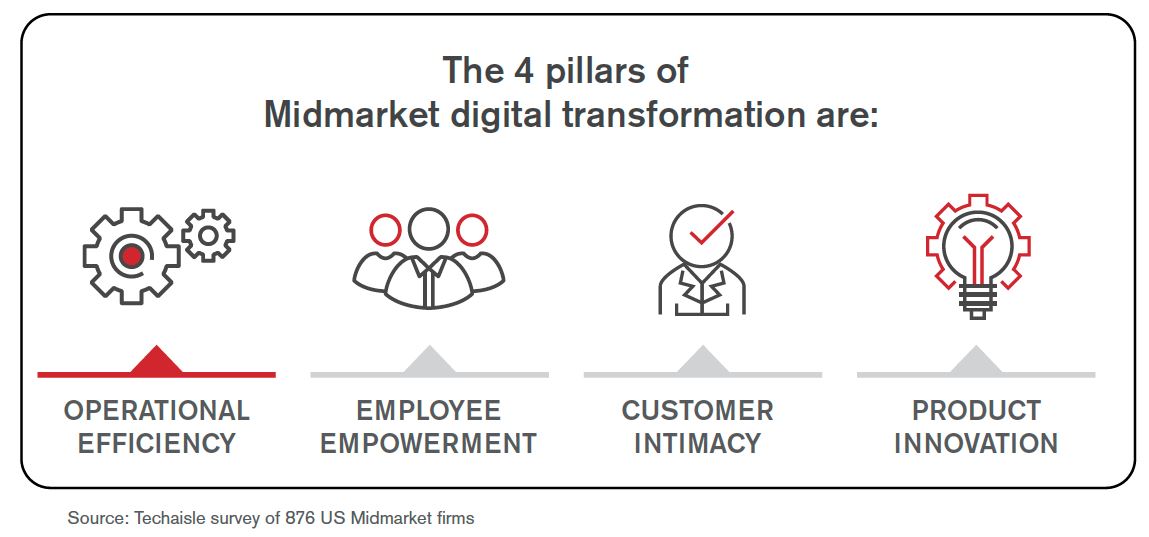Dell has been aggressively peppering both the digital and print media with its enterprise storage campaign “running circles around everyone else”. It has reason to do so. Dell has come a long way from a dorm in Austin, TX to the corporate offices and consumer households globally. And Dell is doing all it can to take its channel partners, which are Dell’s extended sales and deployment team, along a fraught put potentially rewarding journey.
Dell’s channel momentum has not yet peaked. Q3 YoY channel order revenue grew by 21% as compared to 14% YoY reported in Q1. Distribution remains one of Dell’s fastest growing routes to market, having 19% Y/Y growth in Q3 (same as Q1) and through three quarters, accounting for roughly 40% of Dell’s overall channel mix. In early 2018 Dell had set a target of reaching US$50 billion in channel revenue and by end of 2018 it was at US$49B in orders (pending Q4 financial results). It has now set its sight at US$70B, timeframe as yet unknown.
Regardless of the success achieved, Dell continues to modify its partner program. Actually, it can be argued that continuous tinkering with the program has helped Dell to drive channel partner growth. While the core tenets of Simple, Profitable, Predictable remain, in February 2019 Dell has added three imperatives: 1/ making it easier for partners to do more business with Dell, 2/ fast-tracking partners’ ability to deliver transformational solutions, 3/ embracing and monetizing emerging technologies. Is Dell being very smart in using financial incentives’ levers to drive quarterly growth and revenue share and missing out on long-term transformation of its channel partners to efficiently participate in multi-cloud, connected business future? Is Dell focusing on the end zone without regard for down and distance? Let us analyze.












